The Great Grapevine Road Fight, Part V
In mid-June 1931 a large motorcade of about 150 cars and 500 people from Riverside visited Grapevine to celebrate the East Belknap project. This project was seen as very important to Riverside and all of Northeast Tarrant County because it would give easy access to Fort Worth through Riverside from Grapevine, Lewisville, Irving, Smithfield and places farther northeast. The Grapevine Sun urged as many citizens as possible to greet the group and attend its 1½-hour entertainment program. This, however, was not the end of the Great Grapevine Road Fight. Grading of four miles of State Highway No. 121 had been completed across Tarrant and Dallas Counties to the Denton County line by December 1931, and concrete paving began in early June 1932. But roadwork stopped at the Denton County line because six Denton County property owners holding twenty-four acres had not given right-of-way for the 1½-mile stretch through there to...


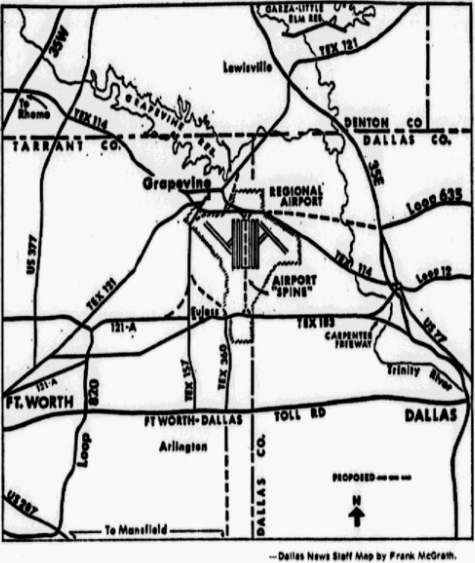
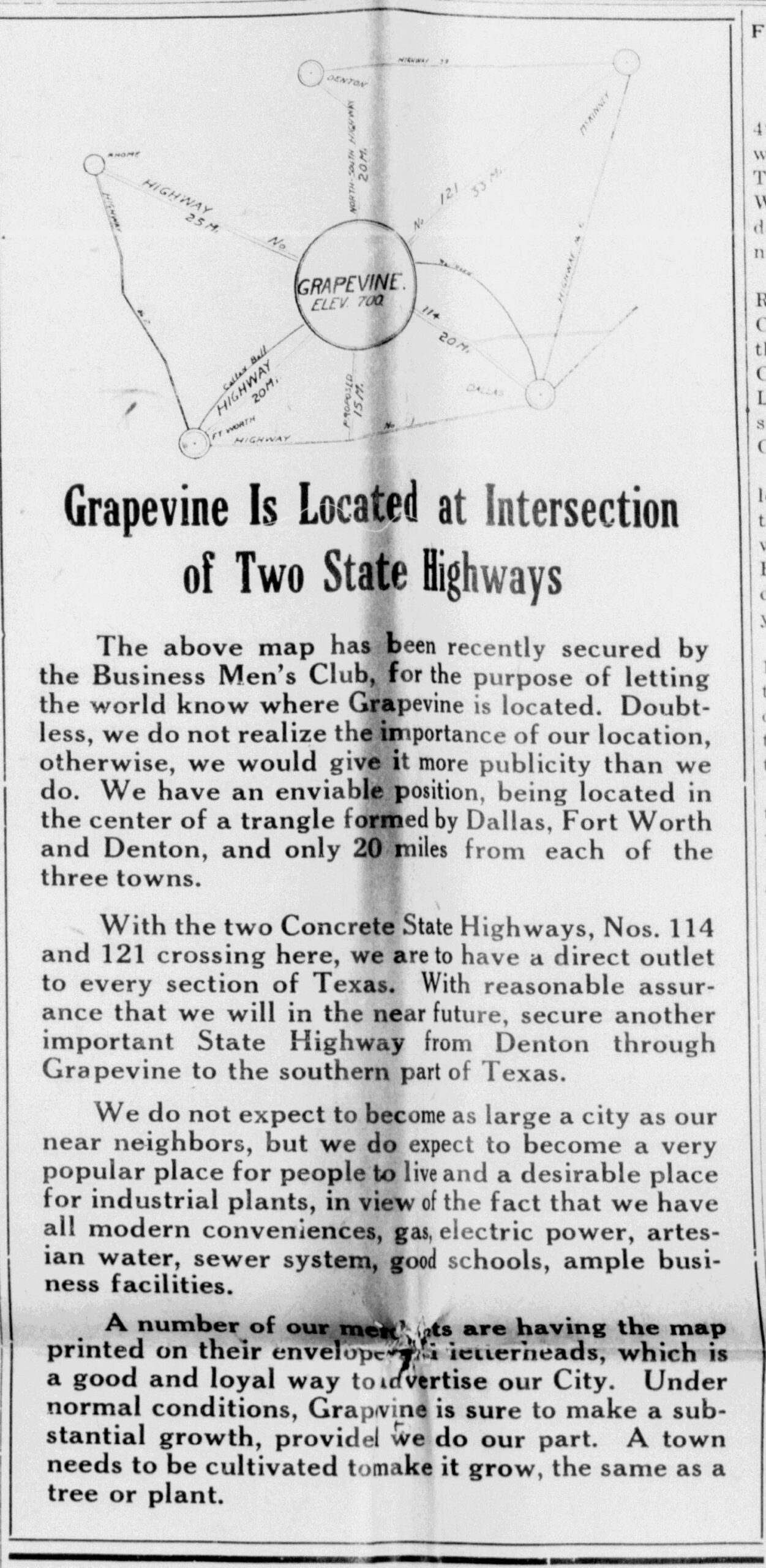


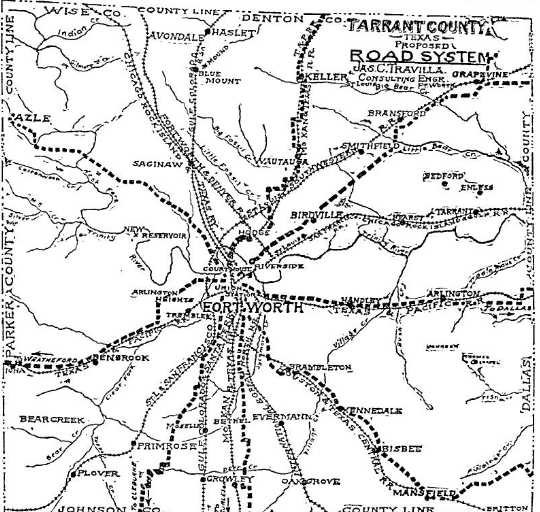

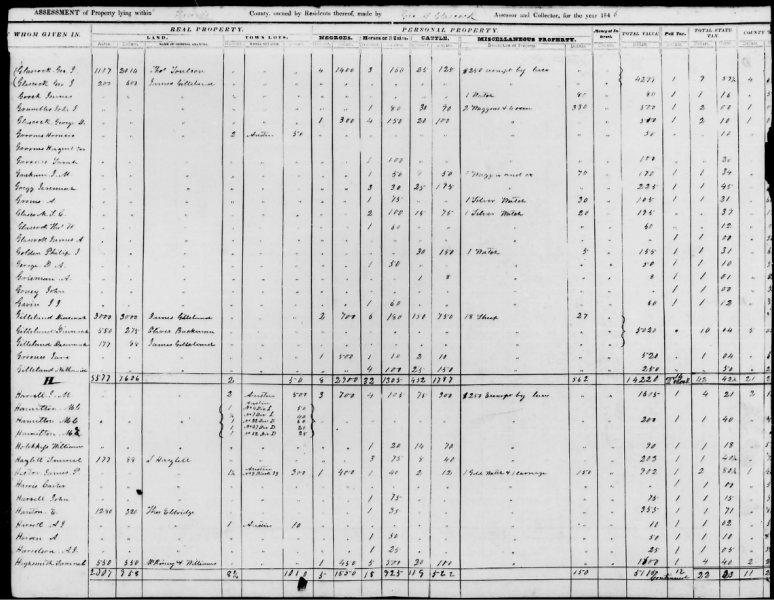

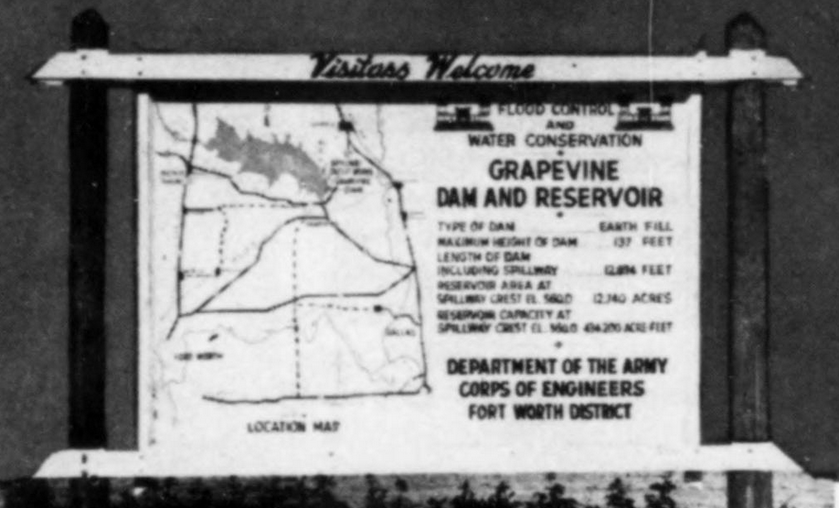

Recent Comments